The European Commission announced that it approved the revised recovery and resilience plan for Romania, including the new chapter REPowerEU.
The overall allocation decreased in absolute terms (to EUR 28.5 billion) and on the grants side (EUR 13.6 billion) even after the REPowerEU scheme was added.
However, prime minister Marcel Ciolacu was happy to report that the 9.4%-of-GDP cap on the public pensions budget was removed. A long series of reforms in virtually all the sectors covered by the resilience facility was also erased on the grounds that the inflation and the circumstances generated by the war in Ukraine made them unattainable.
The recovery and resilience plan financing was cut by EUR 2.1 billion (grants) from EUR 29.2 billion to EUR 27.1 billion following Romania’s stronger-than-expected economic growth in 2022. Specifically, the financing for new and existing hospitals was cut by EUR 740 million, EUR 400 million was cut from the gasification of southern Romania (in the Oltenia region) and EUR 180 million from the bicycle lanes.
The financing of the two main categories of projects, for the green transition (44.1%) and digitalisation (21.8%), was reduced marginally in absolute terms, though, while they will weigh more than before, as a share of the total financing.
The EUR 1.4 billion RePowerEU was added to the recovery and resilience plan with financing provided from the revenue from the Emissions Trading System - under Directive 2003/87/EC, nearly EUR 1.4 billion - and from the Brexit Adjustment Reserve- BAR (EUR 43 million).
REPowerEU is designed to end Europe’s dependence on Russian fossil fuels by saving energy, diversifying supplies and accelerating the clean energy transition. The specific objectives include energy savings, the diversification of energy supplies and the accelerated roll-out of renewables.
(Photo source: Dreamstime.com)





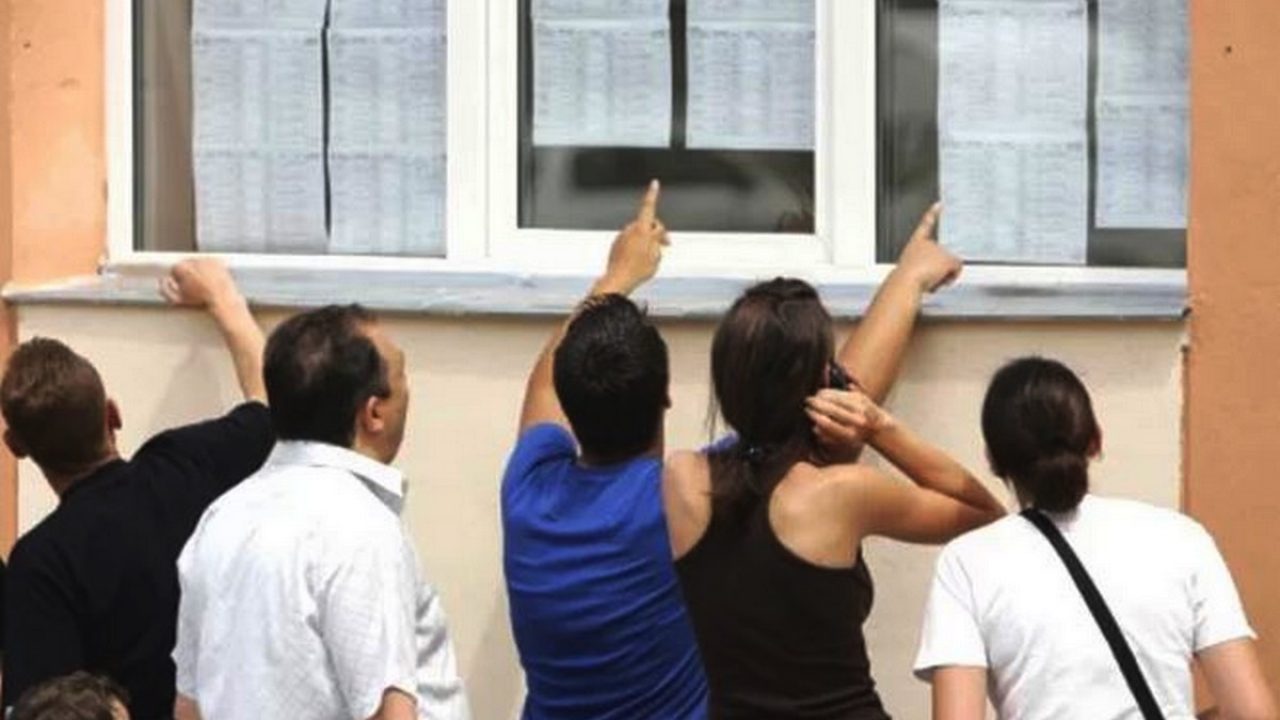
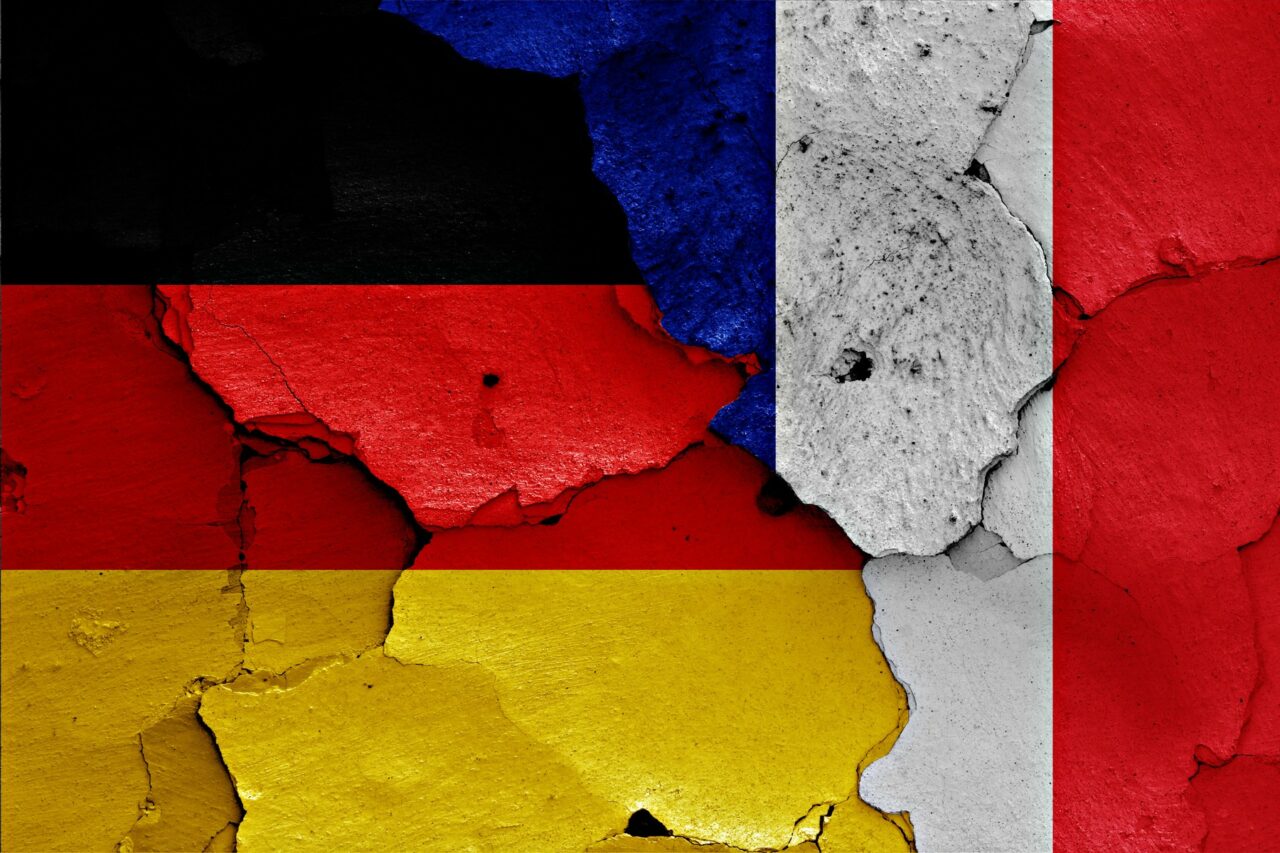









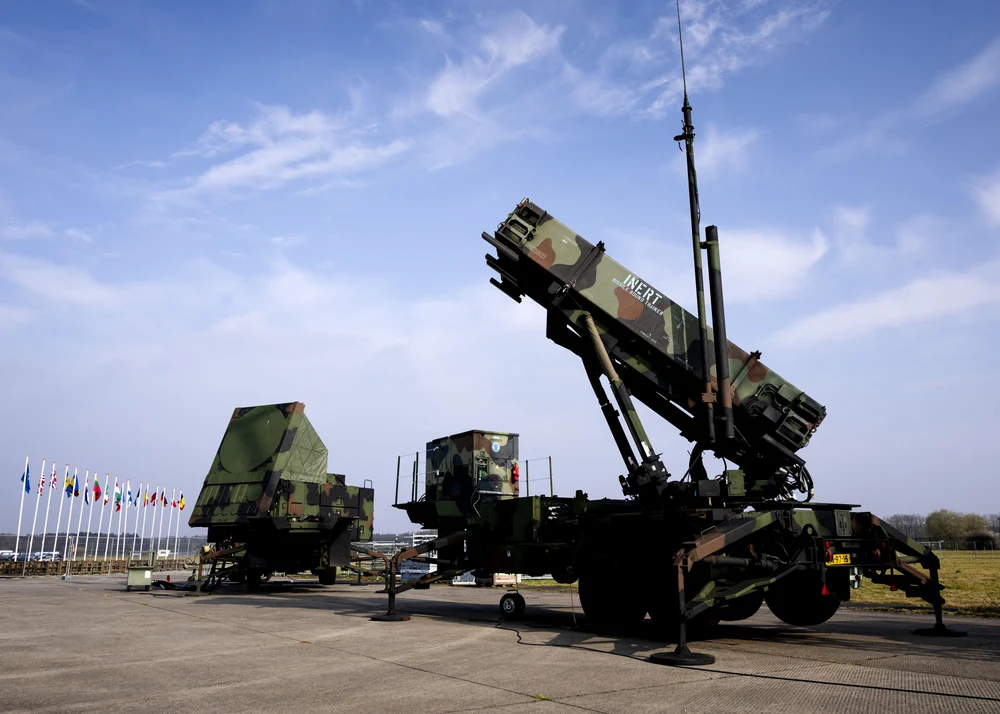


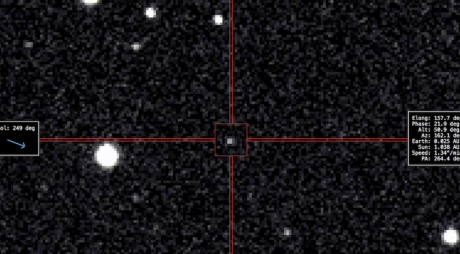
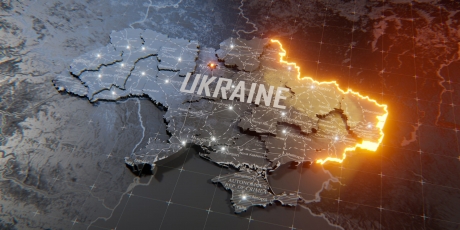



 English (US) ·
English (US) ·  Romanian (RO) ·
Romanian (RO) ·